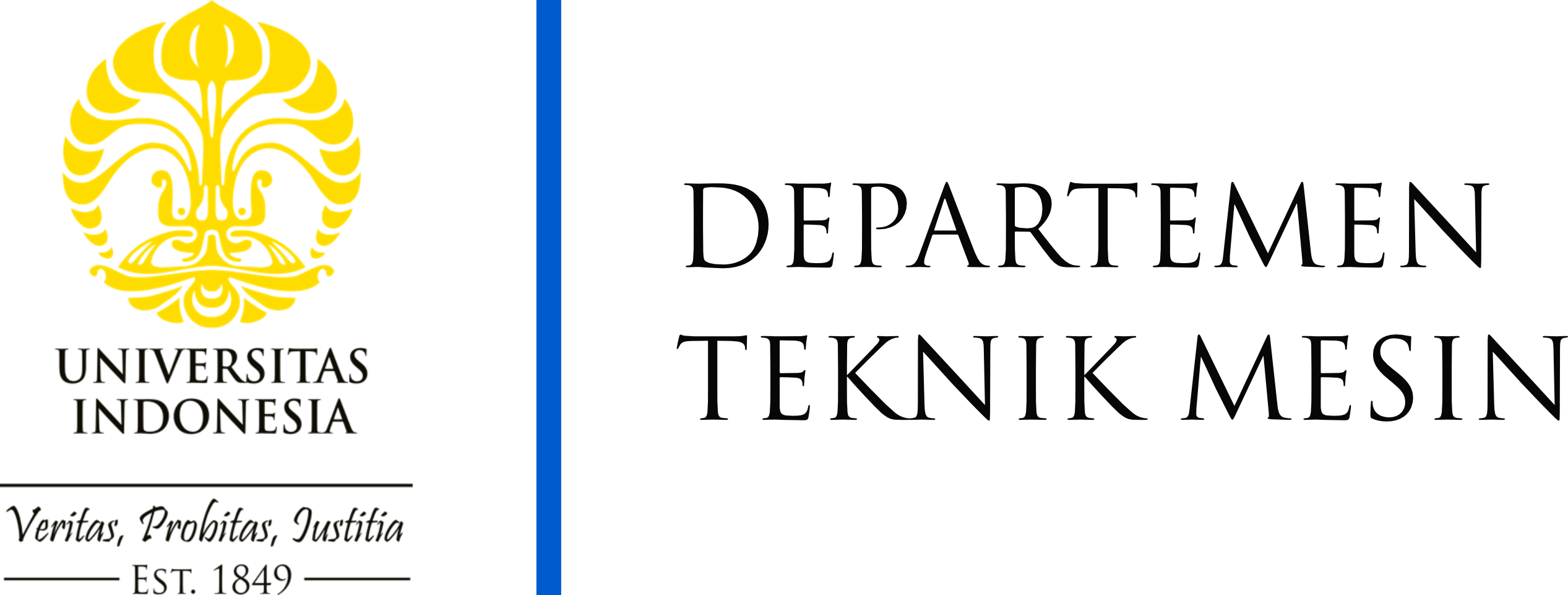bito@eng.ui.ac.id
1982 – Mechanical Engineering, Universitas Indonesia
1986 – Mechanical Engineering, University of Minnesota, USA
2011 – Mechanical Engineering, Universitas Indonesia

The rationales for various studies that are conducted are applicative and come up with a solution so that we can focus on that solution to the problem correctly.
Various obstacles arising from industrial activities make the performance of mechanical system design a vital key to minimizing any potential problems that may arise. Results of a design analysis can help improve the quality and workability of the used products.
Research conducted in several different industrial fields can be an example of an effective design system. For instance, in the oil and gas sector, research on the conditions of a collapsed rig is conducted. After the analysis is made, it turns out that the problem comes from the ground, cable ties, and other failed structures. The problem will then be deeply analyzed, and a solution will be recommended to the related company. During the trial run of PT DI’s aircraft, we conducted research on the performance of the aircraft’s take-off and landing at an inland airport with rugged terrain. For instance, in Ilaga Papua, the runway was short and located at a high altitude. Therefore, we analyzed and calculated all the data to ensure a safe aircraft takeoff mode.
Together with a student of the Department of Mechanical Engineering, FTUI, specifically assigned to an internship program at PT DI, we conducted research on the design of the landing gear system to accommodate the modification of the landing gear calculation and the design of the brakes.
What is more, we also conducted research on vibrations and damage problems at several steam power plants. Vibration can provide excellent instruction to locate a problem or damage in a specific engine component.
We researched the possibility of ice forming on the wings of an aircraft flying at a high altitude over a Papuan mountain that was now collecting a variety of data, calculations, and flight design. With those data, we recommended that airplanes not fly around 5:00 am at a certain altitude in the area since it was the crucial time during which ice might form on the aircraft’s wings.
We also researched the vibrational response of a building’s foundation during the event of an earthquake in collaboration with a lecturer in the Department of Civil Engineering.
For the production of oscillation-based devices, we have made a tool to monitor changes in the masses of people located in a place that does not have a gravitational force within a certain period. By identifying the mass data, we can monitor the person’s health.
